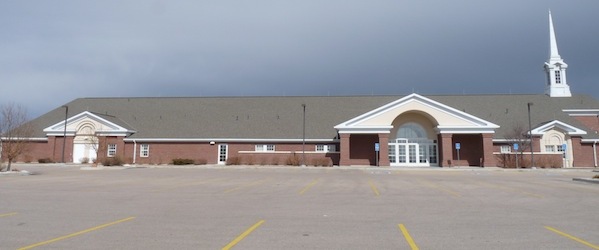Mastering Roof Inspections: Asphalt Composition Shingles, Part 12
by Kenton Shepard and Nick Gromicko, CMI®
The purpose of the series “Mastering Roof Inspections” is to teach home inspectors, as well as insurance and roofing professionals, how to recognize proper and improper conditions while inspecting steep-slope, residential roofs. This series covers roof framing, roofing materials, the attic, and the conditions that affect the roofing materials and components, including wind and hail.
Many different forces and conditions affect the long-term service life of an asphalt shingle roof.
Shingle Quality
Shingle quality is one condition. High-quality shingles resist weathering and damage better than low-quality shingles. The quality and proportions of mat, asphalt and granules are all important variables. Thicker shingles and shingles with multiple layers last longer.
Proper Installation
The quality of the installation is important, too.
Following the manufacturer’s recommendations helps maximize the long-term service life.
Manufacturers of a particular type of shingle know best how it will react to damaging and deteriorating forces. They’re better equipped than an outside agency at choosing the installation method which will best maximize the shingles' long-term service life. This makes sense in light of the fact that manufacturers issue warranties and have to stand behind their products.
Contractors and installers who do not follow manufacturers' recommendations, but, instead, rely on their own past experience, may diminish the quality and workmanship of roofs so that the structures may not perform as well or last as long, had they followed the manufacturers' recommendations during installation.
Installation methods that are not permitted for one brand of shingle may be required for a similar shingle made by a different manufacturer, so, as an inspector, don't call something a defect unless you’re sure it’s a defect.
Installation methods may not be limited to installation of the shingles themselves. Installation of the substrate, underlayment and/or flashing can also affect the long-term service life of a shingle roof.
During a roof inspection, you probably won’t know the manufacturer’s recommended installation methods for a particular model of shingle. Under these circumstances, you’ll have to assume that the most common installation methods were used. If you see something different or something that looks improper, recommend further evaluation by a qualified contractor or roofing consultant.
Confirmation of proper installation requires identifying the brand and model of the shingle, researching the installation requirements, and then confirming compliance. That’s well beyond the requirements of InterNACHI's Standards of Practice.
Multiple Layers

During some roof inspections, you’ll often find newer shingles installed right over old roof-covering materials. Multiple layers get hotter and hold heat longer, so shingles won’t last as long, although the roof is less likely to leak. Shingles installed over other shingles will also not have a valid manufacturer’s warranty.

Asphalt shingles may have been installed directly over wood shingles. This lowers their impact resistance, since there are likely more voids due to the uneven wood shingle surface.
Directional Orientation
Sunlight deteriorates shingles. Expanses of roof that face south and southwest will get hotter, lose volatiles more quickly, and experience more extreme thermal cycling than slopes facing other directions.
Roof slopes that face the prevailing winds and storm approaches may also deteriorate more quickly than protected slopes.
You may see roofs whose slopes face the sunny or "weather" side and are in better condition than slopes facing other directions. These slopes may have already been replaced.
Roof Design
Roof design features can affect the long-term service life of an asphalt shingle roof.

Steeper pitches shed water faster, reducing the chances of leaks and ice-dam formation.

Design features that block roof drainage or cause runoff to slow or pool increase the chance of a roof leak.

**************************************************
Learn how to master a roof inspection from beginning to end by reading the entire InterNACHI series: Mastering Roof Inspections.
Take InterNACHI’s free, online Roofing Inspection Course
Mastering Roof Inspections
Roofing Underlayment Types
Inspecting Underlayment on Roofs
Fall-Arrest Systems
Roofing (consumer-targeted)
More inspection articles like this

